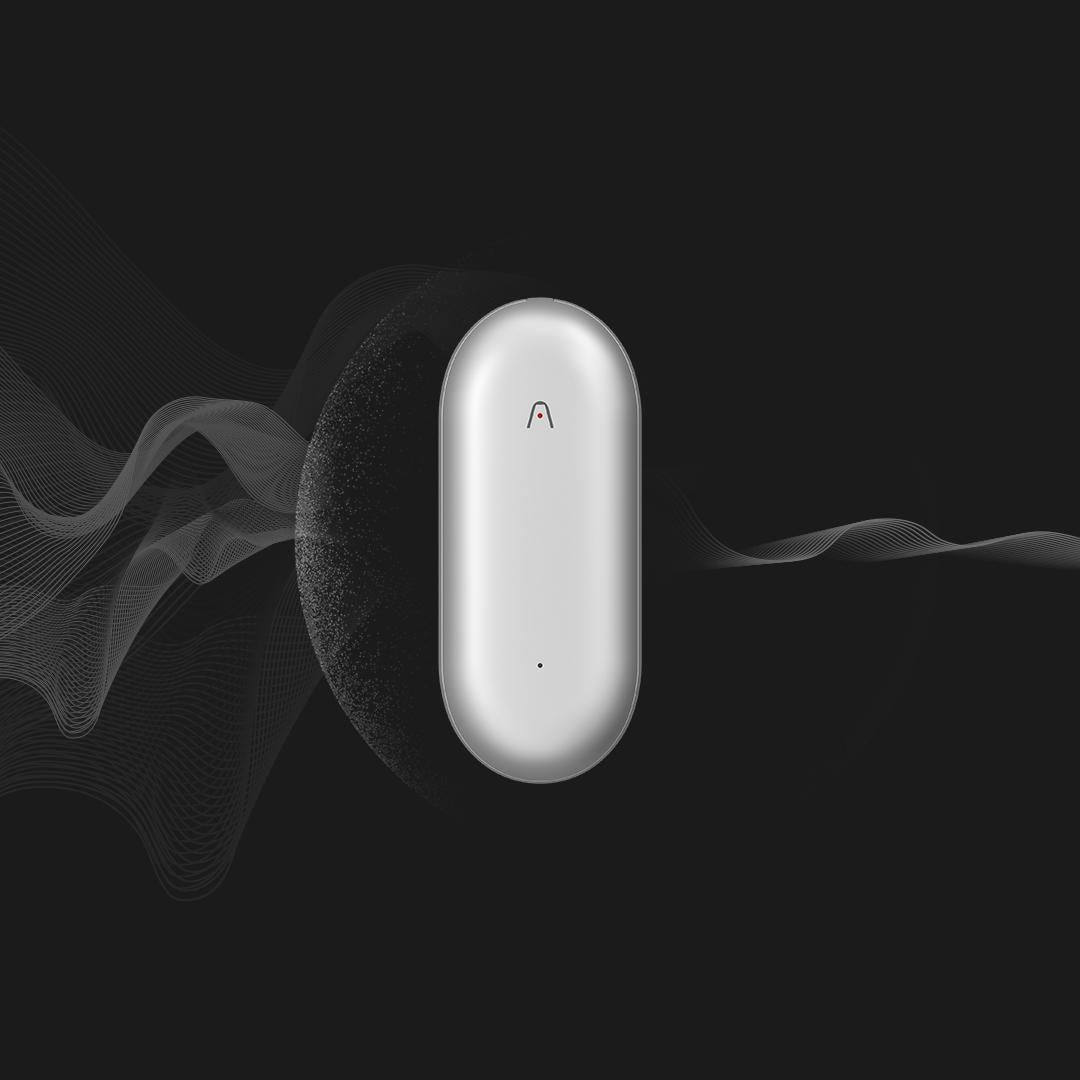Unlock Your Productivity: Discover the Ultimate Note-Taking Devices You Never Knew You Needed!
In a world where information is abundant and the pace of life is ever-increasing, effective note-taking has become a vital skill for enhancing productivity. Whether you’re a student trying to keep up with lectures, a professional managing projects, or simply someone who wants to organize thoughts, the way we take notes can make a significant difference in our efficiency and clarity. Over the years, note-taking devices have evolved from simple notebooks and pens to sophisticated digital solutions that cater to a variety of needs. This article will explore various note-taking devices available today, highlighting their features and how they can transform your approach to gathering and organizing information.

The Evolution of Note-Taking Devices
The transition from traditional note-taking methods—like notebooks and pens—to digital devices has greatly enhanced the way we capture and organize information. While traditional methods have their charm, they often fall short in areas like accessibility and organization. For instance, flipping through pages to find a specific note can be time-consuming and frustrating. Digital note-taking offers immediate access to your notes from various devices, ensuring that your information is always within reach. Furthermore, digital notes can be easily organized into folders, tagged for easy searching, and even integrated with other applications, making it a powerful tool for anyone looking to boost productivity.
Types of Note-Taking Devices
When it comes to note-taking devices, there are several categories to consider, each offering unique features that cater to different preferences and needs.
1. Digital Notebooks
Digital notebooks are designed to combine the tactile experience of writing with the benefits of technology. They often come with features like cloud storage, which allows you to access your notes from anywhere. Many digital notebooks also offer synchronization across devices, ensuring your notes are always up to date. Handwriting recognition technology is another standout feature, enabling users to convert handwritten notes into typed text, which can be a game-changer for those who prefer writing by hand.
2. Tablets with Stylus
For those who seek a more natural writing experience, tablets paired with styluses provide an excellent alternative. These devices often feature pressure sensitivity, allowing for variations in line thickness and style, mimicking the feel of writing with a traditional pen. Additionally, they support various applications that enhance creativity and organization, making them suitable for artists, students, and professionals alike.
3. Smart Pens
Smart pens represent a bridge between traditional and digital note-taking. They work by capturing handwritten notes and digitizing them in real time, often syncing with associated applications on your devices. This means you can write on paper but still have a digital copy of your notes. They can also allow you to record audio while you write, linking your notes to specific parts of a lecture or meeting, making them a valuable tool for students and professionals who need to capture nuanced discussions.
4. Note-Taking Apps
Note-taking applications have surged in popularity due to their versatility and functionality. They often come with organization tools such as folders, tags, and search functions that make finding specific information a breeze. Multimedia integration is another key feature, allowing users to add images, audio clips, and links to their notes, which can enrich the learning process. Collaboration capabilities enable users to share notes and work together in real-time, making these apps ideal for team projects.
Choosing the Right Device for Your Needs
With so many options available, selecting the right note-taking device can feel overwhelming. The key is to consider your individual preferences and requirements. Think about your writing style—do you prefer typing or handwriting? What formats do you find most useful for your work or studies? Additionally, consider your primary use case: is it personal note-taking, academic study, or professional documentation? Assessing these factors will help you choose a device that complements your workflow and enhances your note-taking experience.
Maximizing Productivity with Note-Taking Devices
Once you've selected a note-taking device, maximizing its potential is crucial. Start by developing organization techniques that work for you, such as categorizing notes by topic or project. Setting reminders can also help you stay on track with your tasks and deadlines. Integrating your notes with other productivity tools—like calendars or task managers—can streamline your workflow, allowing for a more cohesive approach to managing your time and responsibilities. Experimenting with different strategies will help you find the best methods for enhancing your productivity.
Summary of Note-Taking Devices and Their Impact
In summary, the right note-taking device can significantly impact your productivity and organization. From digital notebooks to smart pens, each device offers unique features that cater to diverse needs and preferences. By exploring these options, you can discover a note-taking solution that not only fits your style but also enhances your ability to gather and utilize information effectively. Embrace the technology available to you and find the device that best aligns with your personal and professional goals, unlocking new levels of productivity along the way.







commentaires